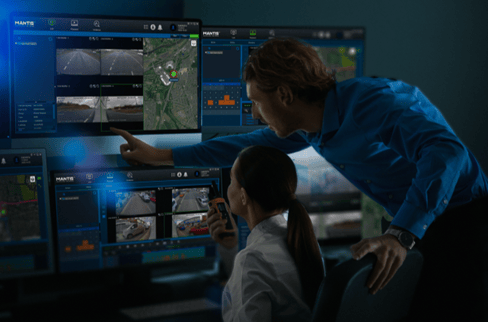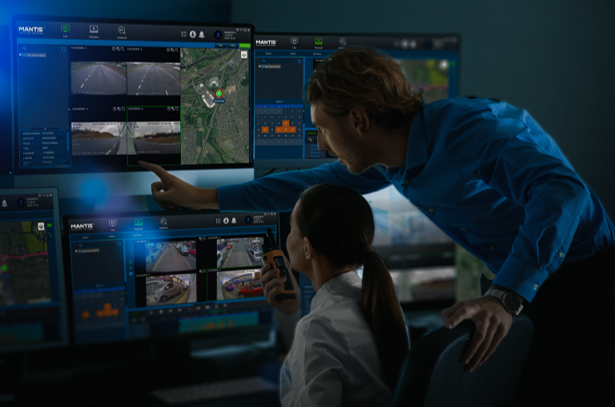Top tips for buying a connected camera system.
When it comes to vehicle cameras there’s plenty of choices as the UK has one of the busiest markets in the world for fleet management solutions. Buying a connected camera system is a serious investment but done correctly it can be a really smart financial decision.
In this article, I’m going to share some important things you need to know before making a purchase to ensure you choose the right provider for your fleet.
Video Loss.
It’s a key question we forget to ask, “What happens if something stops working and how will I be notified?”
Cameras like all other hardware will suffer failures or damage. If you don’t know a camera isn’t working chances are you will find out when you need the footage at which point it’s too late.
Ask providers how you will be notified if a camera or the memory system has failed and what’s the process to get it resolved. Dealing with failures quickly will massively reduce the chances of vital evidence footage being missed. Ask for a demo of this feature and check you can also receive failure notifications whilst not logged into the system.

Data Sims.
Make sure the data sims can utilise as many networks as possible and have the ability to roam freely between them. Providers trying to keep costs down may use standard mobile broadband sims that are fixed to one or two networks. This can leave big gaps in coverage and may stay fixed on a network that has poorer coverage despite a stronger one is available. Machine to Machine (M2M) sims are highly recommended for their superior roaming capability & ability to utilise all major networks providing a much more stable connection.
Data Allowance.
Systems that have a capped allowance (2GB for example) will stop access to footage once that limit has been reached or worse charge you extra for going over. A single serious incident particularly with multiple cameras could require you to download +3GB worth of data. This means you won’t be able to download remotely and have to visit the vehicle to retrieve the footage.
Systems that have an aggregate allowance will share the data between all the sims in the fleet. This is a more robust option as you are less likely to run out of data. Once again providers may try to reduce cost by limiting the allowance to 500MB or less. By ensuring you have at least a 1GB allowance per sim will prevent you from running into these kinds of issues.

Service.
Having fast support when you need it is vital to any service you buy. Always check how easy it is for settings to be altered to meet your fleets requirements. If you need assistance in retrieving footage, ask about the process involved and how long will take.
- Can I call someone, or do I have to email?
- What is the response time to get my footage?
- Does the provider monitor your account for any recording issues?
Having to wait for 48hrs for evidence footage may delay your response in dealing with an incident which can increase costs.

Conclusion.
Differences in costs between providers aren’t always about hardware. The quality of the data connection and service provided to monitor your fleet can vary massively. Connected cameras can provide a vast array of benefits but if a provider has cut corners to make it cheaper this can make a system difficult to live with.
#logistics #transportation #freight #trucking #mantislive
www.aesfleet.co.uk/mantis-camera-solutions/


